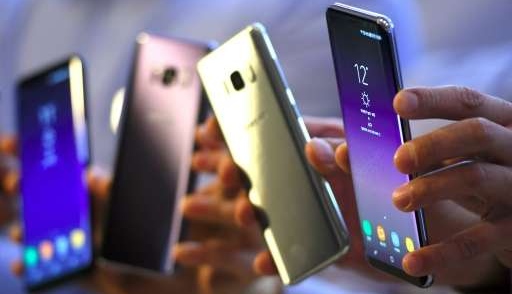India Smartphone Market Declines by 1% YoY in 1H22, Tapering Demand Expected to Impair Growth in 2022

India Smartphone Market Declines by 1% YoY in 1H22, Tapering Demand Expected to Impair Growth in 2022
According to preliminary results from the International Data Corporation’s (IDC) Worldwide Quarterly Mobile Phone Tracker, 35 million smartphones were shipped to India in 2Q22 (April-June), a 3 percent year-over-year (YoY) growth, while the first half of 2022 declined by 1 percent YoY to 71 million units. The second quarter of the year normally has seasonally strong demand compared to the first quarter, but dwindling consumer demand led to a decline of 5 percent quarter-over-quarter (QoQ).
Upasana Joshi, Research Manager, Client Devices, IDC India, said, “The primary challenge in 2021 was around supply constraints, which have eased considerably. However, the market is now facing demand contraction in 2022 due to rising inflation and higher input costs, leading to higher market prices. As a result, the inventory cycles are increasing across brands and channels.”
Key highlights from 2Q22:
• The online channel reached a share of 52 percent with 5 percent YoY growth; this is expected to stay strong in the 2H22 (Jul-Dec) festival season, with more promotions during the sales events by e-tailer platforms. The offline channel registered flat growth of 1 percent after declining YoY for three consecutive quarters.
• The ASP (average selling price) has grown consistently QoQ since 4Q20, reaching a new high of US$213 in 2Q22, a growth of 15 percent YoY.
• UNISOC’s share continued to rise, reaching 17 percent in 2Q22 while MediaTek’s share dropped to below 50 percent, which has not been seen since 2020. The shipment and shares of Qualcomm and Samsung-based smartphones increased.
• 11 million 5G smartphones were shipped with an ASP of US$377. 51 million 5G smartphones have shipped from 2020 to 1H22, and they are expected to cross 50 percent market share by 2023.
• The premium segment of US$500+ was the highest growing segment with 83 percent growth YoY, contributing 6 percent of the market. Apple continued to dominate with 53 percent share, followed by OnePlus (19 percent) and Samsung (15 percent). The mid-range segment of US$200-US$300 accounted for 17 percent of the market, growing by 21 percent YoY and continues to be focus area of vendors with several model launches slated in the next few months. The highest decline was in the sub-US$100 segment, which was down to 17 percent share of the market from 22 percent a year ago.
Navkendar Singh, Associate Vice President, Devices Research, IDC India, South Asia & ANZ, said, “5G smartphone supplies are much better than 4G, leading to higher ASPs but lower demand. The mass segment of below US$200 has seen fewer new launches. On top of this, inflationary stress is impacting consumer demand and is not expected to ease anytime in 2H22. These factors will certainly impair 2022 to be flat.”
Top 5 Smartphone Company Highlights
Xiaomi continued to lead but was the only vendor amongst the top ten with declining shipments (-28 percent) YoY in 2Q22. It faced supply constraints through 1H22, especially in the sub-US$200 segment. But 2Q22 was the launch quarter of its Redmi 10 series, which together with Redmi 9A Sport and Redmi Note 11, accounted for 35 percent of its shipments. Xiaomi dropped to the third slot within the 5G segment, which contributed 25 percent of its overall shipments.
realme climbed to the second slot for a second time, with a strong YoY growth of 24 percent (highest among top five vendors) in 2Q22. It cemented its second position in the online channel with 23 percent share with affordable model offerings in the C-series. With two-thirds of its portfolio on UNISOC chipsets, realme ensured strong supplies in the entry-level price segment.
vivo climbed to the third slot, growing by 17 percent YoY. It continued to lead the offline channel with 24 percent share. vivo was the second largest 5G smartphone player in the Indian market with 33 percent of its smartphones as 5G. Expansion in the online channel through its T-series and new launches in the sub-brand iQOO led to a surge in its online share.
Samsung dropped to the fourth slot, registering a weak 2Q22 with a growth of 3 percent YoY. Despite a refreshed portfolio, demand remained low, while ASPs climbed to US$250 (highest amongst the top five vendors). It continued to lead in the 5G segment with 46 percent of its shipments as 5G smartphones.
OPPO, in the fifth slot, witnessed a meager growth of 2 percent. It focused on the mid-premium segment with launch of the F21 Pro and expanded in the online channel with the K-series. However, the supply constraints persisted in the affordable segment.





